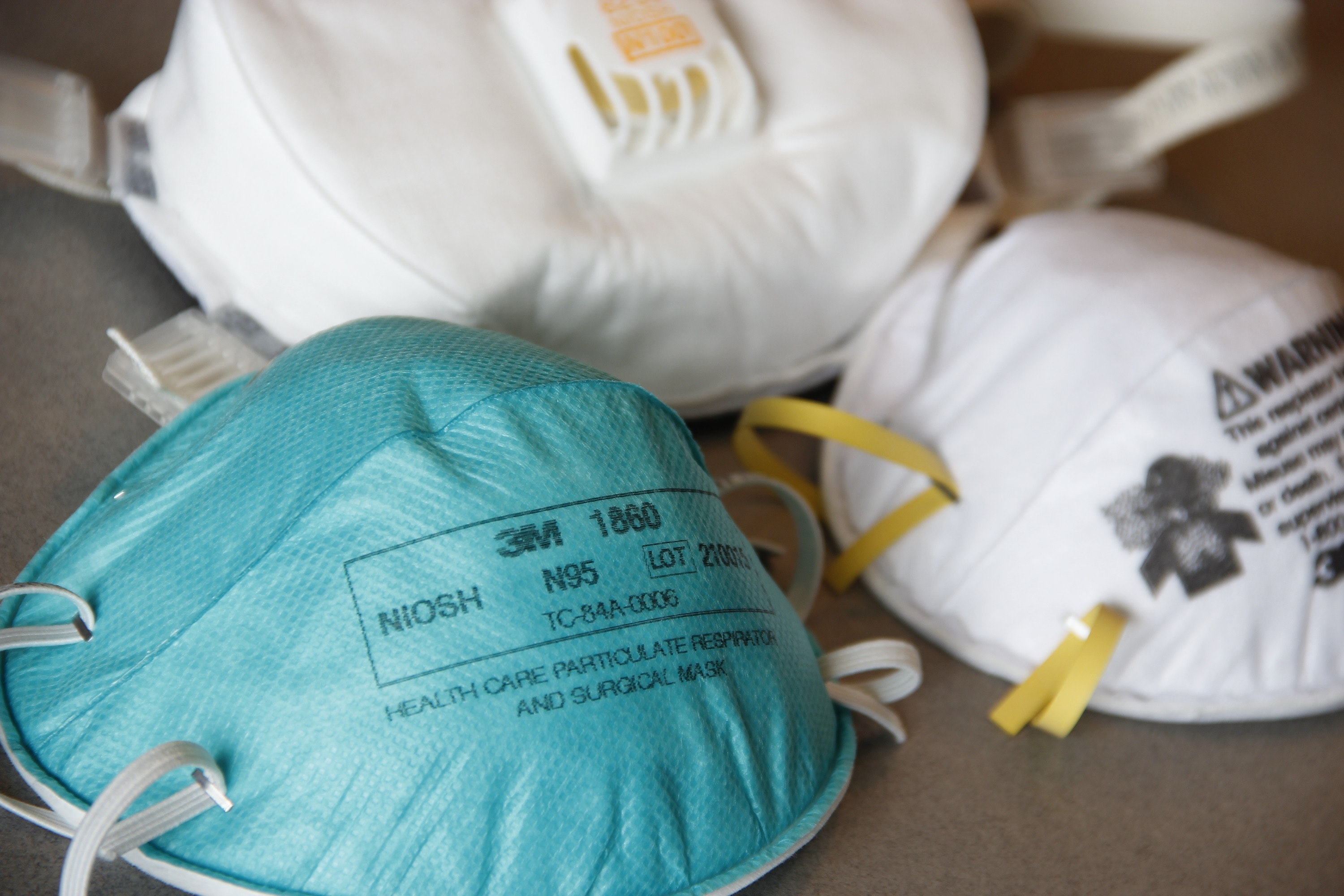Media release
From: Association of AnaesthetistsPersonal protective respirator masks (PPE) often do not fit correctly, especially for women and Asian healthcare workers
Review shows that more formal fit-testing procedures, rather than healthcare workers checking their own masks, will likely improve protection against SARS-CoV-2 infection
The SARS-CoV-2 pandemic has put the use of personal protective equipment (PPE), including face masks, under the global spotlight. However a paper published in Anaesthesia (a journal of the Association of Anaesthetists) reveals that masks do not always fit correctly and hospitals can lack the time and financial resources to ensure every healthcare worker has a mask that fits correctly.
“Satisfactory airborne protection will only be provided if the filtering facepiece respirators are properly fitted to the individual's face, providing a tight facial seal,” explains senior co-author Prof Britta von Ungern-Sternberg, from the Perth Children’s Hospital/ The University of Western Australia, Perth, Australia. “Airborne protection is decreased in the presence of a leak as unfiltered air will be drawn inside the mask.”
Their review found that initial fit-pass rates for females compared with males were 85% and 95%, respectively. Higher initial fit-pass rates were found in Caucasians (90%) compared with Asians (84%). Particularly low initial fit-pass rates were reported in Asian females, with a reported mean of 60%.
The authors explain that correct respirator fit appears far more important for airborne protection than the filtration capacity of the material. The shape and size of the respirator in relation to the wearer’s facial anthropomorphic dimensions are major factors in terms of quality of fit (meaning the absence of leak). In the USA, for example, an N95 mask must provide adequate fit to at least 95% of a defined fit-test panel comprising of 25 subjects with predefined anthropometric features to meet the National Institute for Occupational Safety and Health (NIOSH) standard. The authors say: “However, the facial dimensions of this fit-test panel are derived from a cohort in which females and Asians are underrepresented. This might explain why reported initial fit-pass rates for filtering facepiece respirators vary widely with lower rates found in females and Asians.”
The paper also discusses the difference between fit-checking and fit-testing. In fit-checking, the HCW checks their own mask has a good facial seal, by not feeling an air leak using both positive and negative pressure checks and is a minimum safety standard to whenever a mask is worn. Fit-testing, on the other hand, is a standardised test measuring if a certain mask when worn by the health care worker fits correctly and does not demonstrate an air leak under simulated work conditions. The authors say fit testing should form part of official hospital occupational health and safety programmes.
The European Centre for Disease Prevention and Control (ECDC) states that filtering facepiece respirators require a fit-test to ensure proper protection. Despite the presence of standards and guidelines internationally, fit-testing is not universally adopted throughout Europe or other countries, such as Australia. Equally, the Health and Safety Executive in the UK states that fit-testing should be carried out to ensure the respirator can protect the wearer. The authors note: “However, the COVID-19 pandemic highlighted a growing number of UK medical trusts running so short of filtering facepiece respirators that they are no longer insisting staff have a fit-test before they start wearing a mask while treating infected patients.”
Due to the associated time and costs, some health officials propose the elimination of fit-testing and advocate that a fit-check is sufficient in determining respirator fit. However, the US NIOSH conducted a study that demonstrated protection of N95/FFP2 masks improved from 67% without fit-testing to 96% with fit-testing. Subsequently, NIOSH determined fit-check alone to be insufficient and fit-testing should be mandatory when selecting filtering facepiece respirators or elastomer half mask respirators.
The authors say :”In summary, while fit-check remains recommended prior to each use of any respirator to ensure fit on a day-to-day basis, we recommend not to use fit-check as a substitute for fit-testing to identify the size and shape of respirator that fits best.”
The authors note that private companies offer fit-testing between AUS$ 50–100 (US$36–72/£28–56/€30–60) per person. They conclude: “Annual fit testing is recommended. While this cost may appear high initially, it is similar to in-person mandatory training. The cost must also be considered in relation to potential sick leave or legal costs related to infections acquired in hospital such as COVID-19 or other airborne infectious diseases, which could be much more expensive.”
The authors say: “The COVID-19 pandemic has highlighted deficiencies of some healthcare facilities to protect their HCWs in line with national and international recommendations and the requirement for formal fit-testing programmes appears to be particularly important.”


